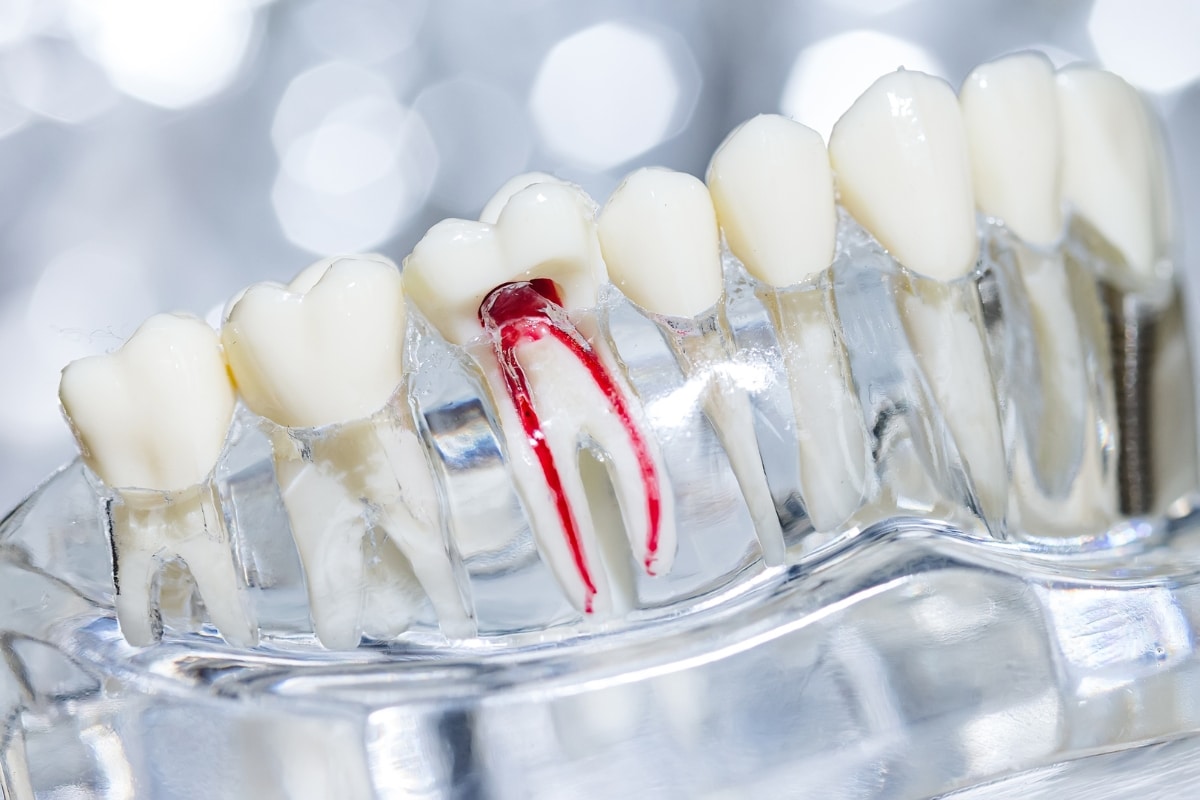
Signs of Hidden Dental Infections: Root Canal Clues for Riverside Patients
Dental infections strike when you least expect them, often with minimal symptoms in the beginning, which only get worse as the infection progresses. Knowing some of the signs of a silent dental infection can prevent what might seem like a small problem from becoming something so much more significant. Below are the most common signs that you may need a root canal and some useful tips for maintaining healthy teeth.
What is a dental infection?
A dental infection occurs when bacteria invade the soft tissue inside your tooth. This generally happens when there’s an untreated cavity, a crack, or trauma that allows bacteria to permeate the tooth’s enamel. If left untreated, this could result in needing a root canal or, worst case, having to extract the tooth altogether.
Signs of Hidden Dental Infections You Shouldn’t Ignore
While dental infections are sometimes not as obvious at first, there are signs to look for that may indicate an underlying concern. By being aware of these early warning signs, you can save yourself from more extensive dental work later on.
1. Ongoing Toothache
Chronic toothache, especially during chewing or even light contact with the tooth, is one of the most frequent signs of dental infection. Sharp, throbbing, constant, and at times varying intensities of pain may be experienced. If this kind of pain does not improve within a few days or persists on and off, it is advisable to consult your dentist.
2. Sensitivity to Hot and Cold
If you find your teeth have suddenly become sensitive to hot and cold temperatures, it could indicate an infected tooth. The sensitivity may linger longer than usual or be more intense. This may signal the need for a root canal to remove infected tissue and relieve the discomfort.
3. Tender or Swollen Gums
If the gums around a tooth are swollen, red, or tender to the touch, it may indicate an infection. Other times, you might notice a pimple-like bump on your gums, which indicates that pus is draining from the infected area. This severe symptom requires immediate attention from your dentist.
4. Bad Taste in Your Mouth
Other possible signs include a persistent bad taste that does not go away even after brushing or rinsing. The taste usually results from pus or bacteria in an infected root canal. This may be associated with resistant bad breath despite conventional oral hygiene.
5. Tooth Discoloration
This usually occurs when an infection of the nerve or blood vessels compromises blood flow to the tooth’s inner pulp. If your tooth suddenly darkens compared to the surrounding teeth, it might mean that the nerve inside your tooth is dying. This is sometimes a precursor to a root canal.
6. Swelling in Your Face or Jaw
In the more serious stages of an infection, swelling occurs in the face or jaw. This can include fever or a general feeling of illness. If you experience this, you must visit your dentist immediately. An infection like this can spread if left untreated, creating severe health complications.
How Root Canals Help Treat Dental Infections
A root canal removes infected or damaged tissue from within a tooth, thereby removing the bacteria causing the infection. Cleaning and sealing the inside of the tooth helps it heal without the disease spreading. A root canal can save a tooth that might otherwise need to be extracted.
If you are experiencing any of the above signs of dental infection, it is essential to see your dentist for an evaluation. Early intervention can prevent more serious complications and help preserve your natural smile.
Root Canal in Riverside: What to Expect
If you think you need a root canal, you should know what to expect from the procedure. A root canal can be an intimidating thought; however, modern techniques have made it more comfortable and efficient than it used to be. Your dentist will numb the area to minimize discomfort during the procedure, which involves removing the infected tissue inside the tooth, cleaning it, and sealing it.
The recovery period is generally short. Most patients report very little or no discomfort within a few days. Your dentist may then place a crown on the treated tooth to restore its strength and appearance.
If you are experiencing any of these signs and symptoms of dental infection, do not take them lightly. Early treatment can prevent further damage and help you avoid tooth extraction or other complex treatments. Schedule an appointment with your Inland Choice Dental to discuss your concerns and maintain good oral health.
FAQs
- How do I know if I need a root canal?
The need for a root canal is often indicated by persistent tooth pain, sensitivity to hot or cold, swollen gums, or discolored teeth. Your dentist can perform tests to confirm if a root canal is necessary. - Is a root canal painful?
Thanks to modern dental techniques, root canal procedures are typically no more painful than getting a regular filling. Local anesthesia ensures you are comfortable throughout the treatment. - How long does it take to recover from a root canal?
Most patients experience minimal discomfort after a root canal, and recovery usually takes a few days. Your dentist may recommend over-the-counter pain relievers to manage any discomfort.
Can a root canal save a tooth from extraction?
Yes, a root canal is a highly effective way to save a tooth from extraction. It removes the infected tissue and restores the tooth’s function and appearance.



